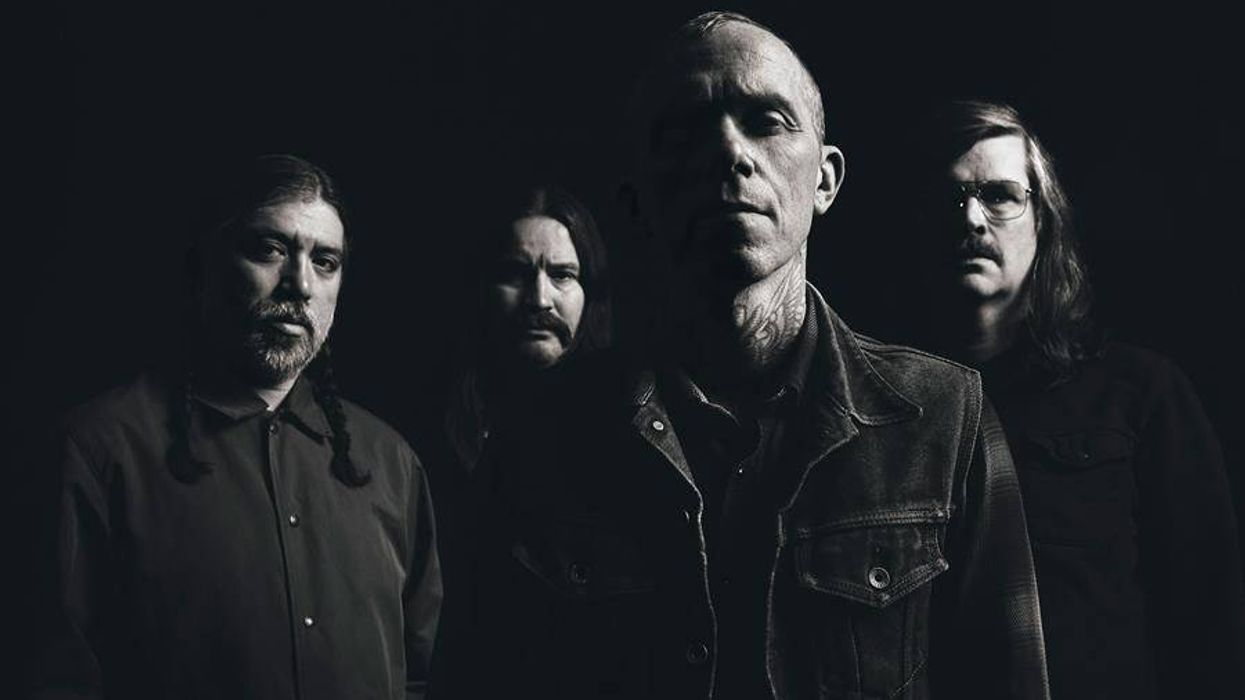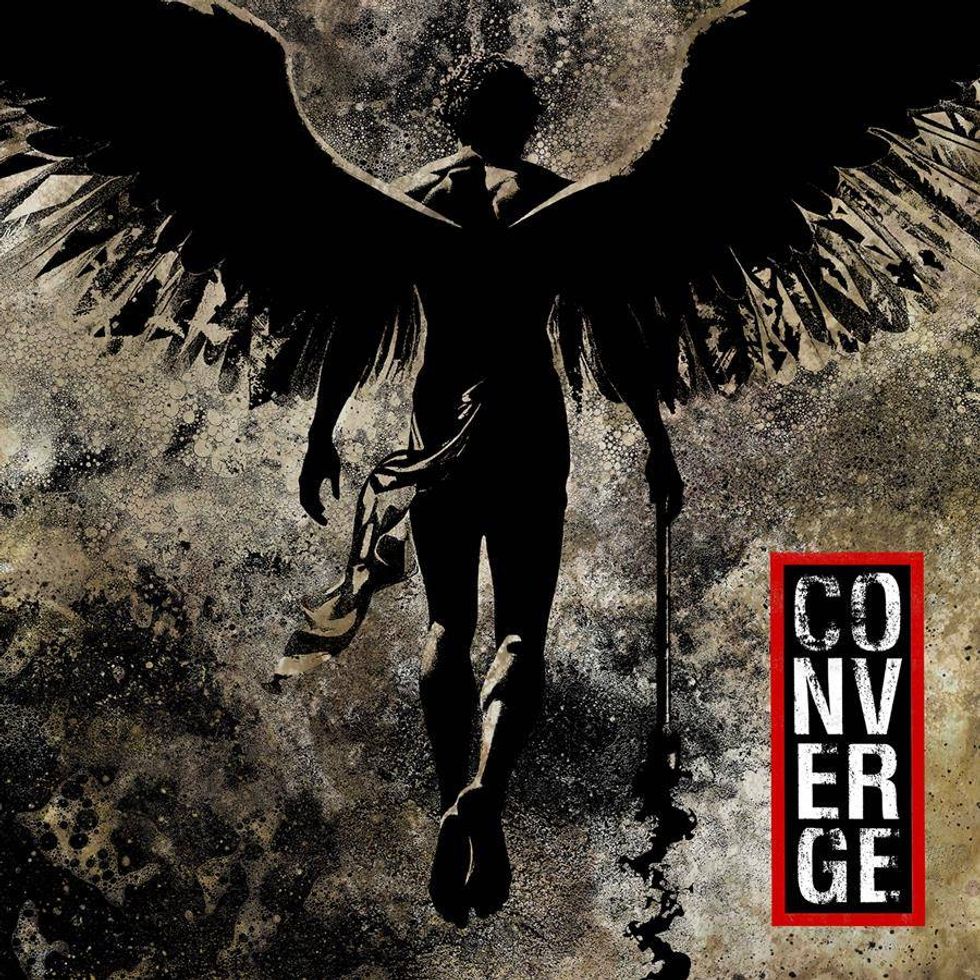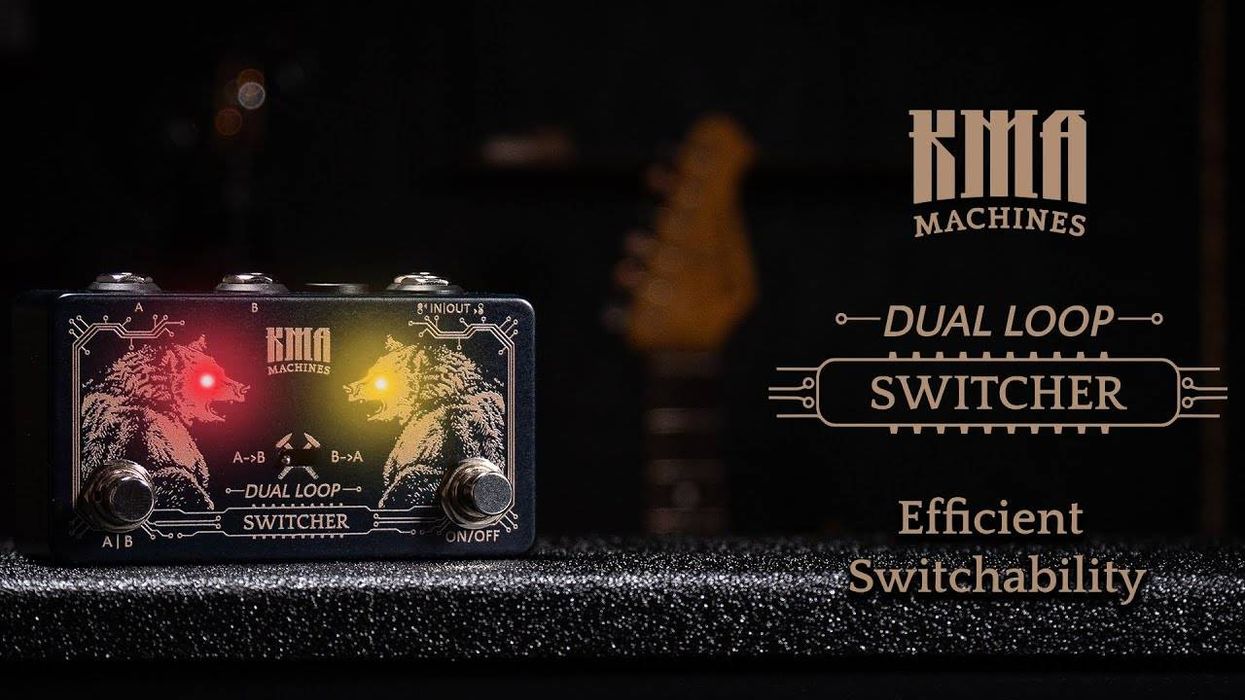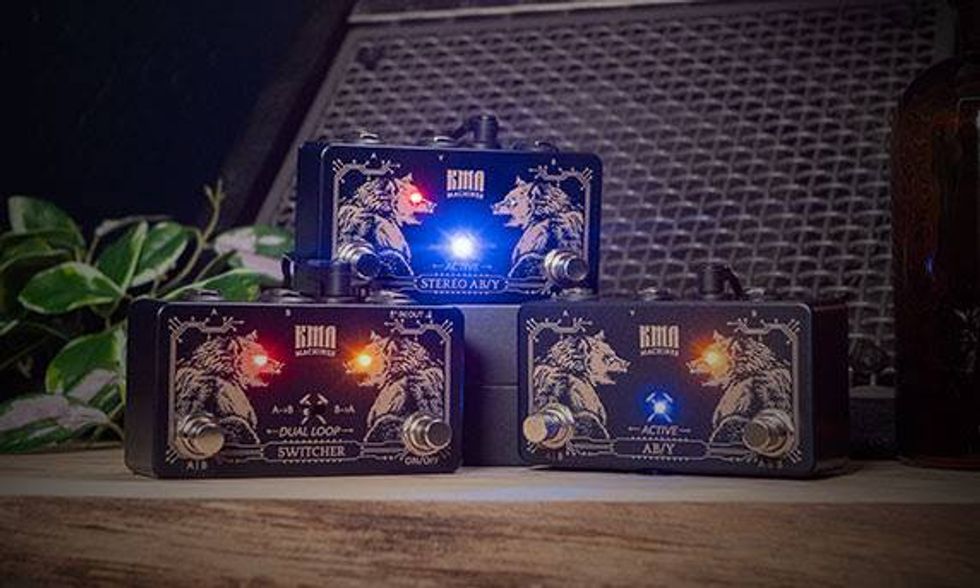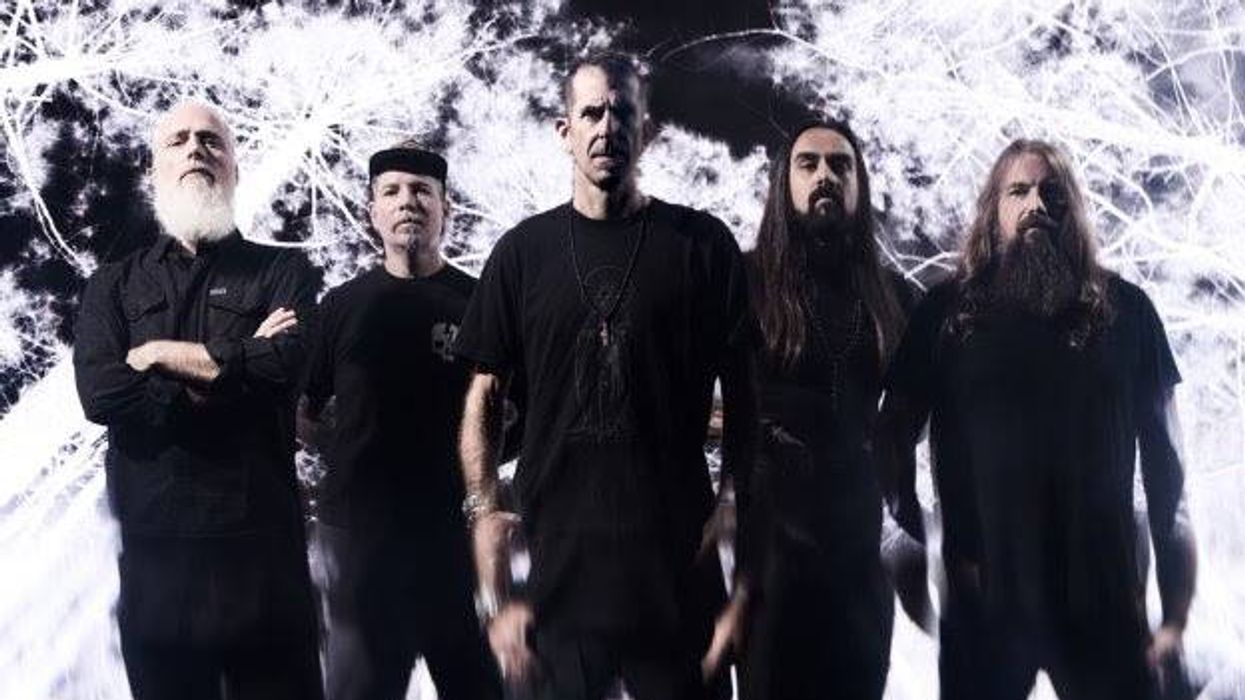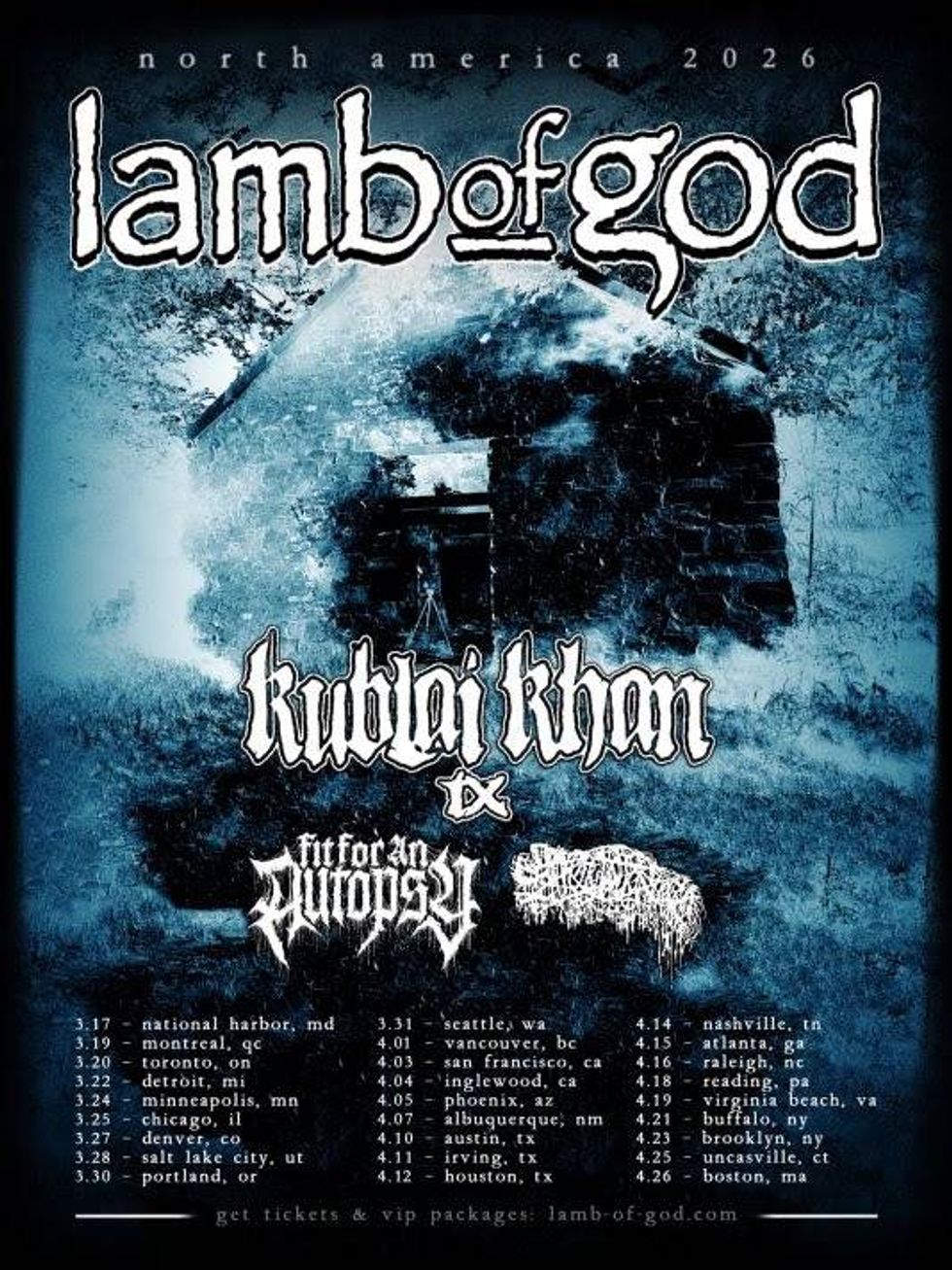Halestorm's Lzzy Hale unleashes a stylish mash-up with an Explorer body, neck, and Firebird headstock in Cardinal Red finish.
As the first female Gibson Brands Ambassador, Lzzy Hale joins legendary musicians, in thought leadership, brand research and development, and represents Gibson, Epiphone, Kramer, MESA/Boogie, KRK and Maestro. The guitar’s release comes as Halestorm’s latest single, “The Steeple,” becomes the group’s second consecutive #1 at rock radio from their new album Back From The Dead. Released earlier this month, Back From The Dead’s title track claimed the top slot last fall. “The Steeple” marks Halestorm’s seventh #1 hit.
Hale’s Gibson Explorerbird is built for heavy-music and follows the release of her three sold-out guitars the Gibson Lzzy Hale Explorer, Gibson Lzzy Hale Explorer Dark, and the Epiphone Lzzy Hale Explorer. As the first-ever design of its kind, the Explorerbird combines the body shape of the classic Explorer guitar and a Non-Reverse Firebird headstock into an artist model, with gold hardware. The Explorerbird comes with a striking Cardinal Red finish that matches Lzzy’s explosive live performances.
Lzzy Hale Signature Explorerbird
The Lzzy Hale Explorerbird is available worldwide now at authorized dealers and www.Gibson.com. $2,799.00 USD.


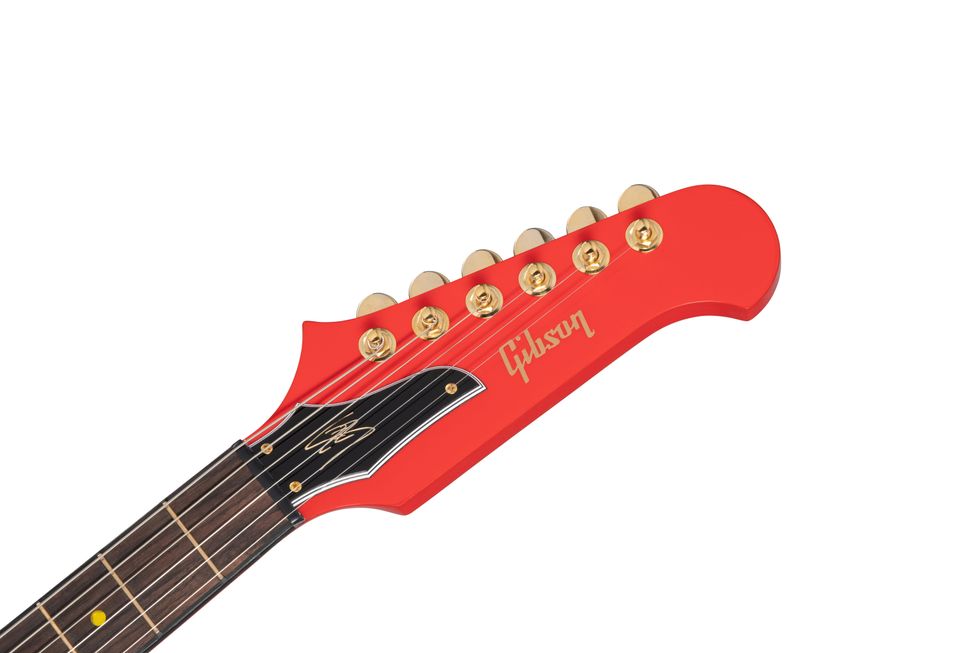
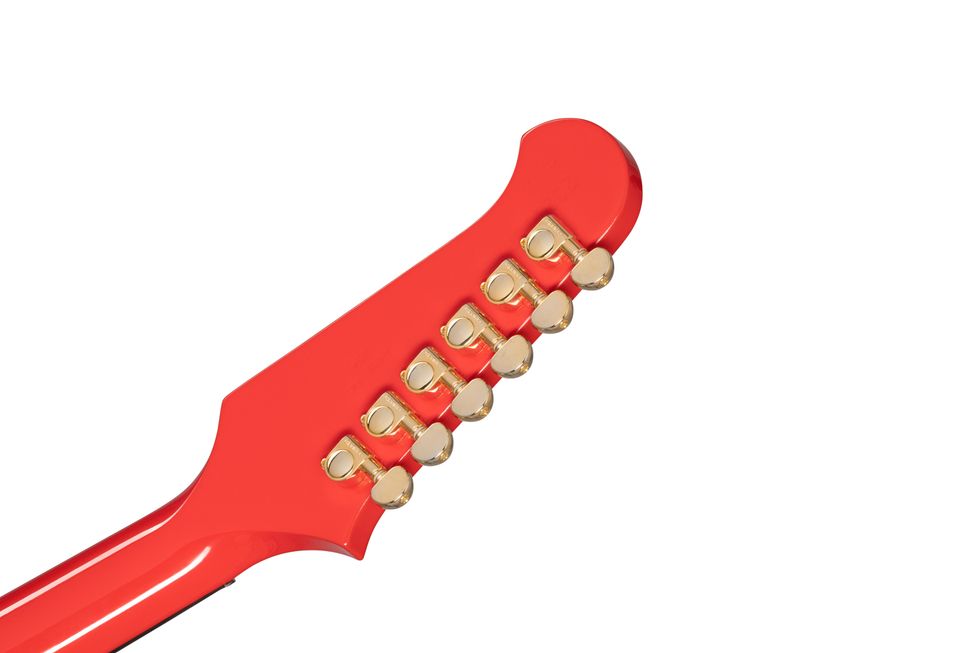
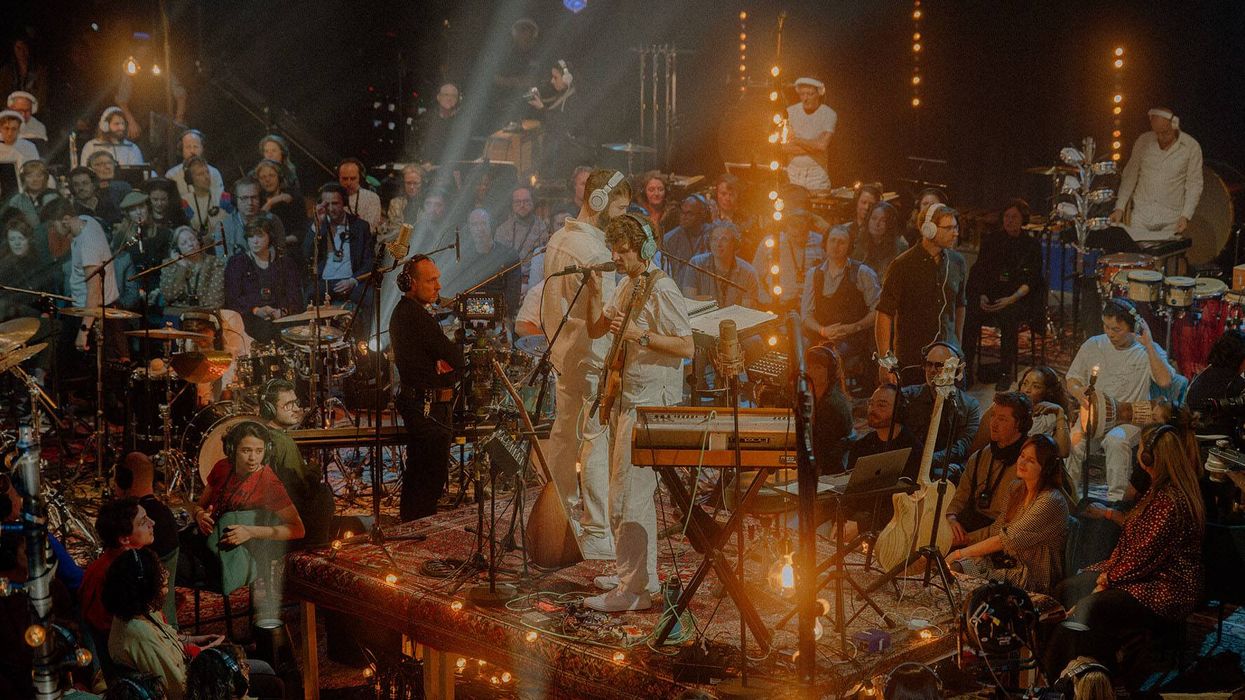
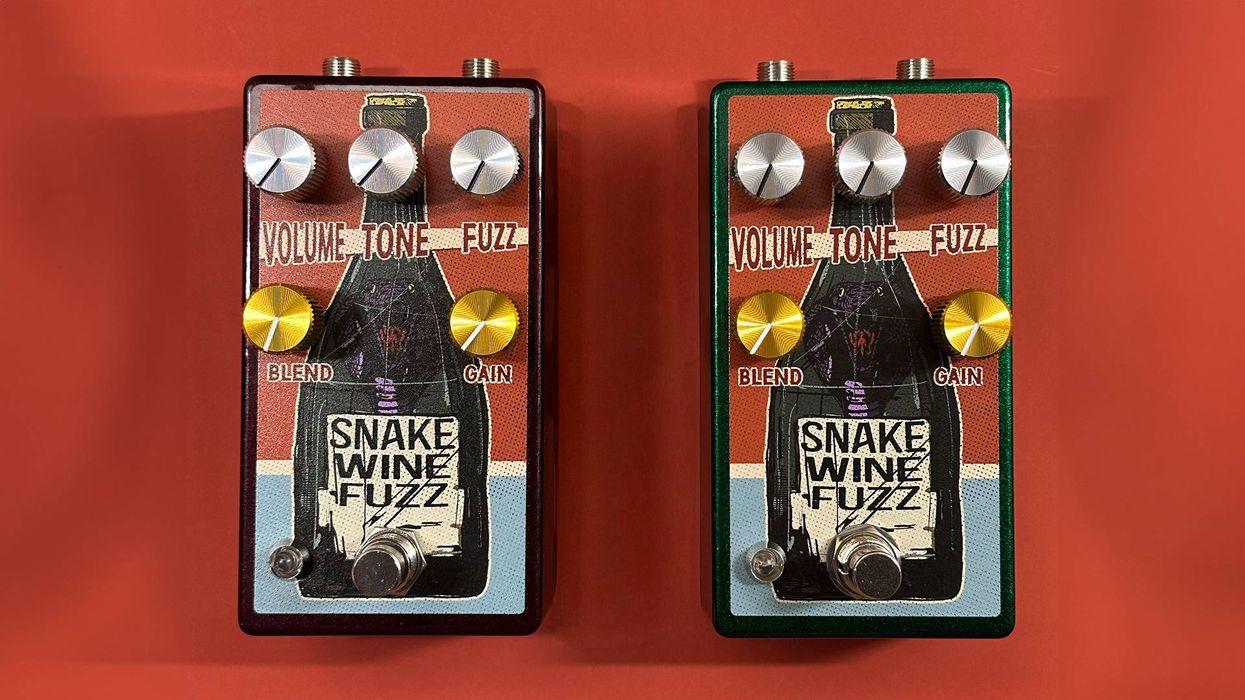




![Rig Rundown: AFI [2025]](https://www.premierguitar.com/media-library/youtube.jpg?id=62064741&width=1245&height=700&quality=70&coordinates=0%2C0%2C0%2C0)

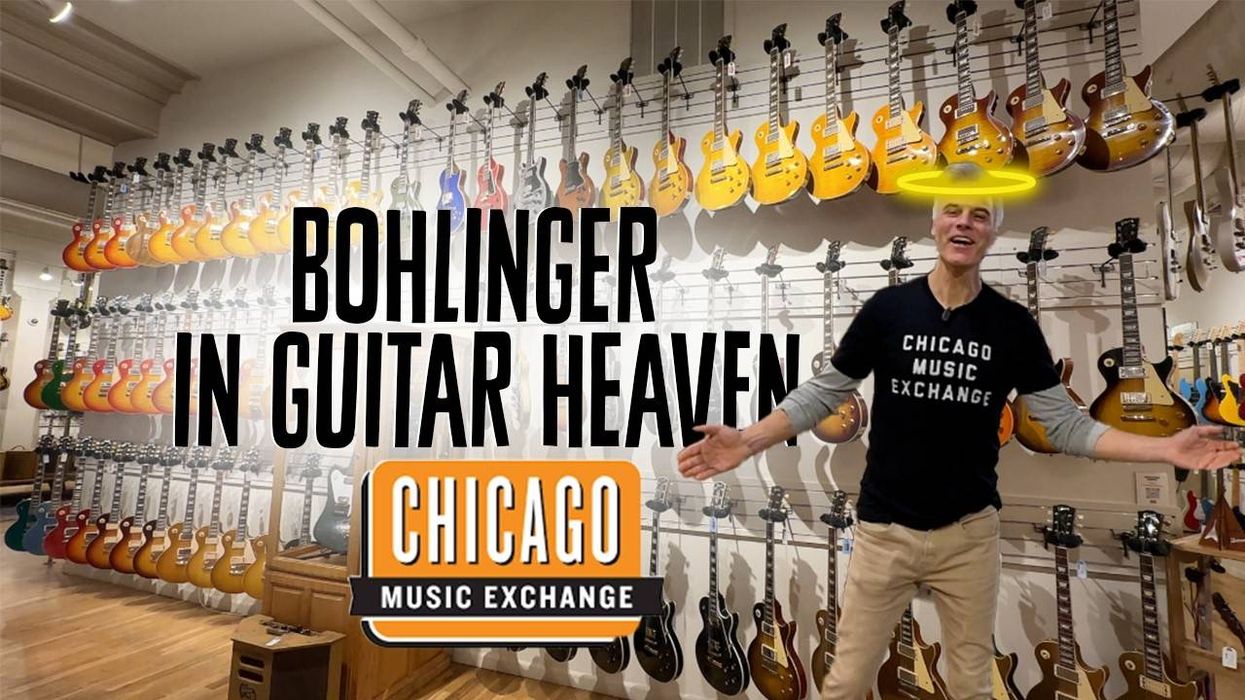
![Devon Eisenbarger [Katy Perry] Rig Rundown](https://www.premierguitar.com/media-library/youtube.jpg?id=61774583&width=1245&height=700&quality=70&coordinates=0%2C0%2C0%2C0)


